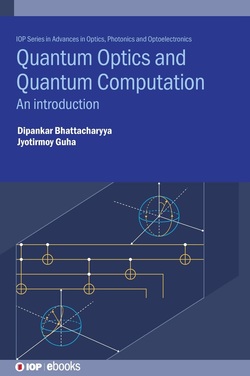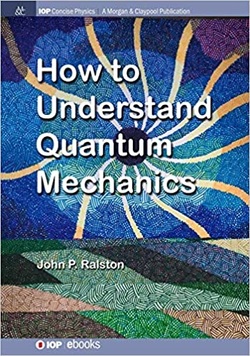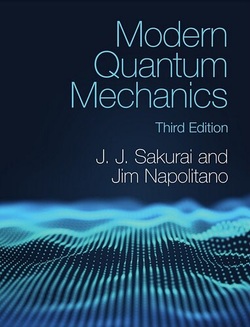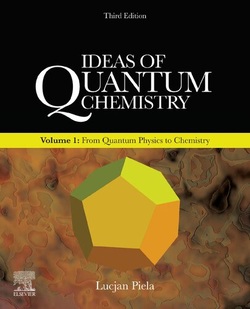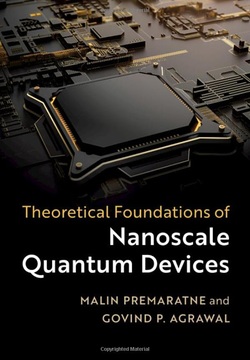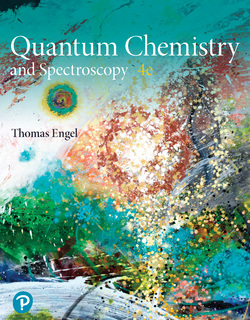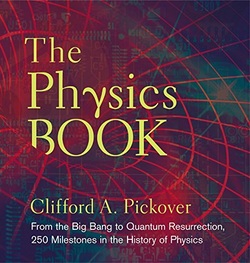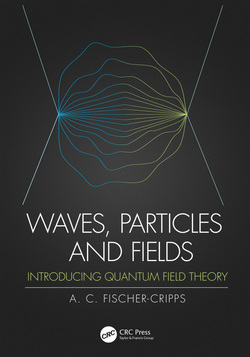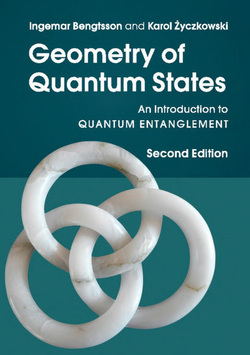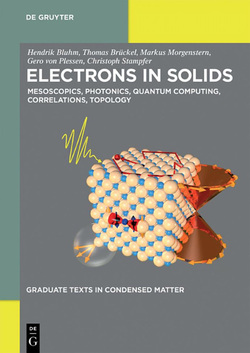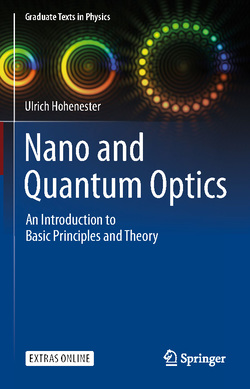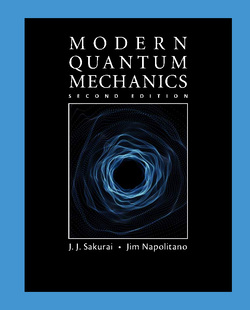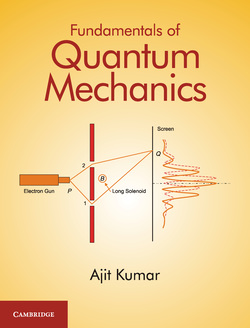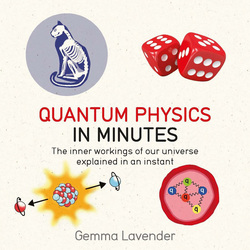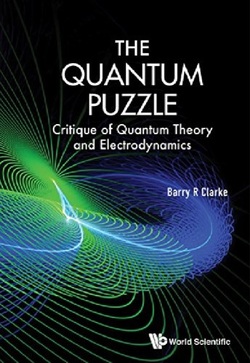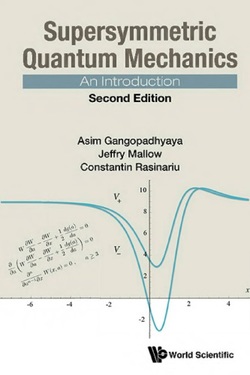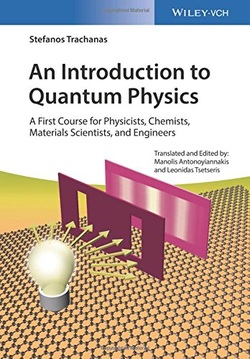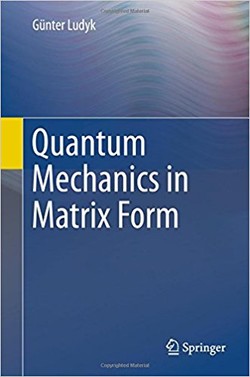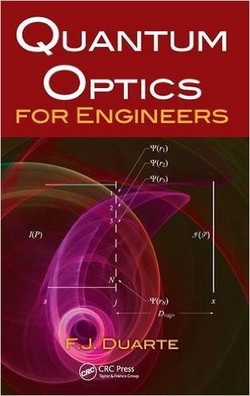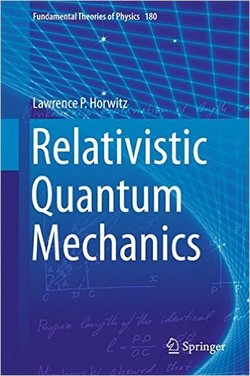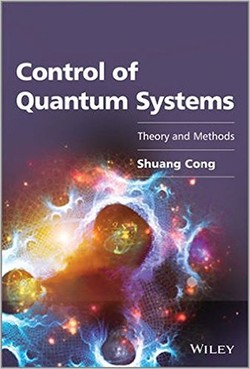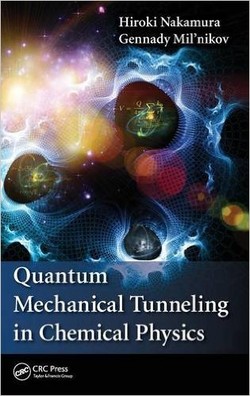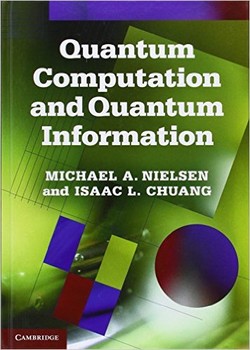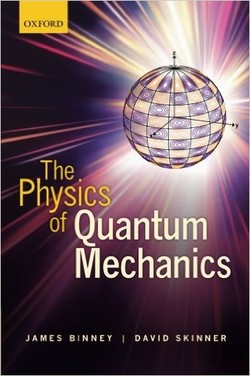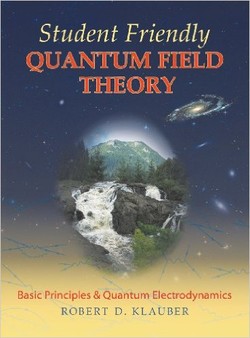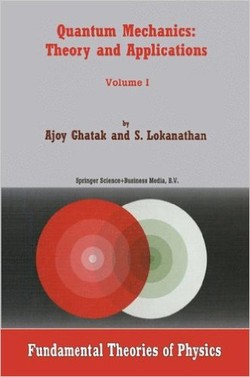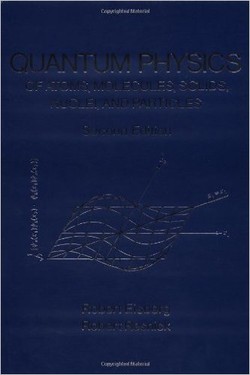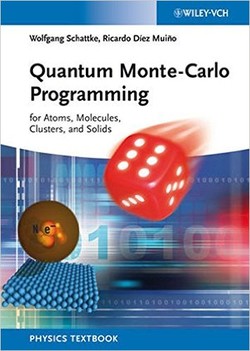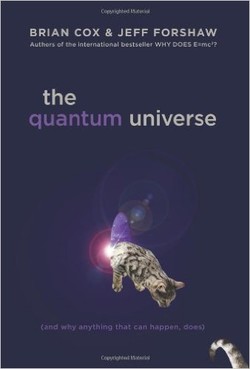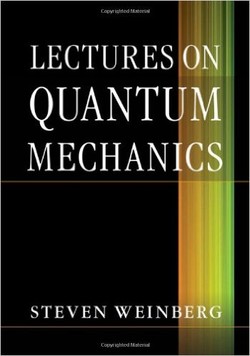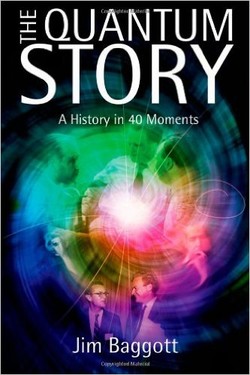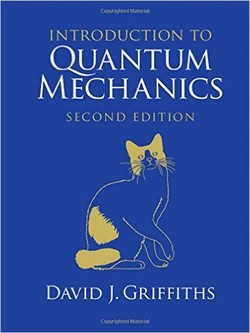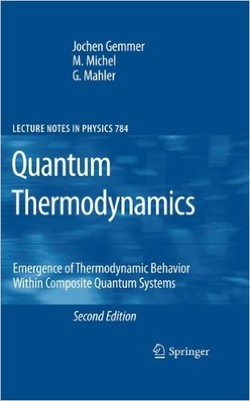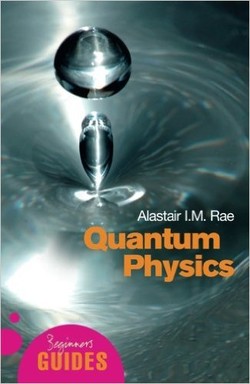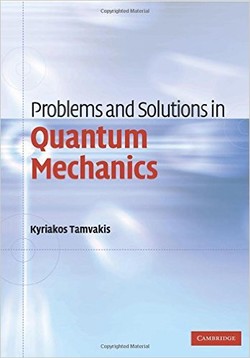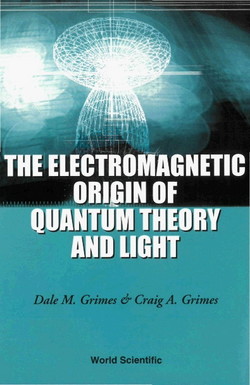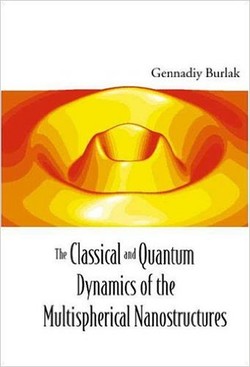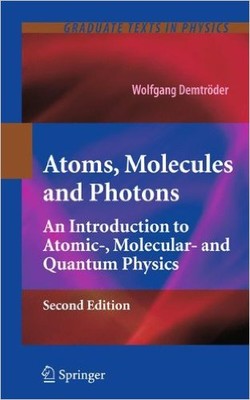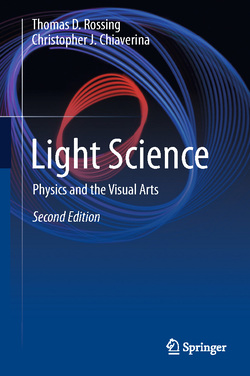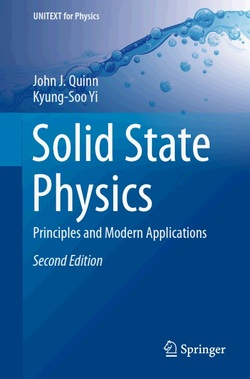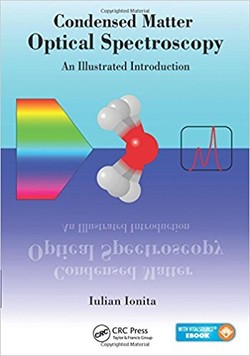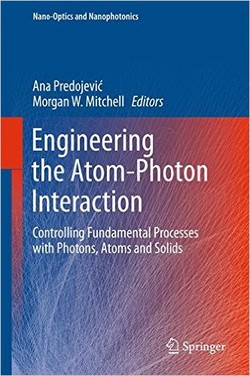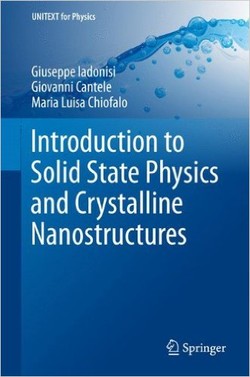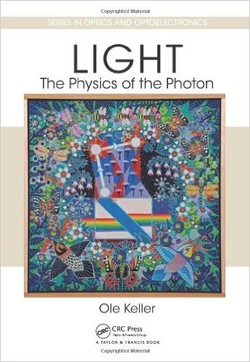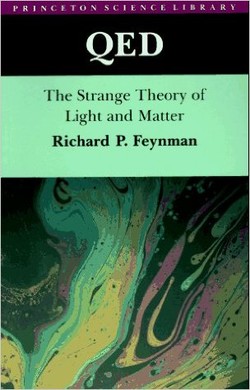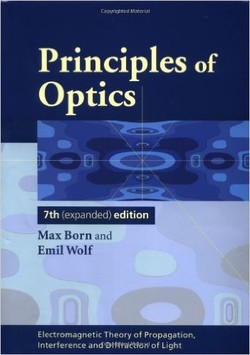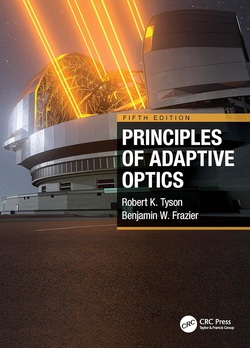فیزیک کوانتوم نور و ماده
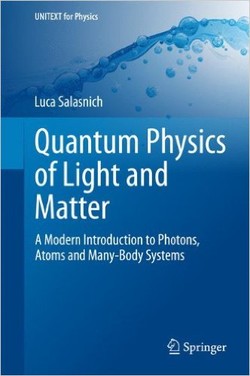
این کتاب به معرفی زمینه کوانتیزه (کوانتش دوم) نور و ماده همراه با کاربردهای آنها در فیزیک اتمی میپردازد. فصل اول بهطور خلاصه منشاءهای نسبیت خاص و مکانیک کوانتومی و مفاهیم اساسی نظریه کوانتومی اطلاعات و مکانیک آماری کوانتومی را بررسی میکند. فصل دوم به کوانتش دوم میدان الکترومغناطیسی اختصاص داده شده است، درحالیکه فصل سوم عواقب ناشی از کوانتیزه نور در توصیف انتقال الکترومغناطیسی را نشان میدهد. فصل چهارم درمورد تجزیهوتحلیل چرخش الکترون و به ویژه استنتاج آن از معادله دیراک میباشد. فصل پنجم به بررسی اثرات میدانهای الکتریکی و مغناطیسی در طیف اتمی (اثرات استارک و زیمان) میپردازد. فصل ششم خواص سیستمهای تشکیل شده توسط بسیاری از ذرات یکسان تعاملی را با معرفی روش تقریبی Hartree-Fock، نظریه تابعی چگالی و تخمین Born-Oppenheimer توصیف میکند. در نهایت، در فصل هفتم کوانتش دوم ماده غیر نسبیتی شرح داده میشود. در پایان هر فصل چندین حلالمسائل وجود دارد که میتواند به دانشجویان جهت استفاده از مواردی که میآموزند کمک کند.
سال انتشار: 2014 | 198 صفحه | حجم فایل: 2 مگابایت | زبان: انگلیسی
Quantum Physics of Light and Matter: A Modern Introduction to Photons, Atoms and Many-Body Systems (UNITEXT for Physics)
نویسنده
Luca Salasnich
ناشر
Springer
ISBN10:
3319051784
ISBN13:
9783319051789
قیمت: 16000 تومان
برچسبها: فیزیک کوانتوم The book gives an introduction to the field quantization (second quantization) of light and matter with applications to atomic physics. The first chapter briefly reviews the origins of special relativity and quantum mechanics and the basic notions of quantum information theory and quantum statistical mechanics. The second chapter is devoted to the second quantization of the electromagnetic field, while the third chapter shows the consequences of the light field quantization in the description of electromagnetic transitions. In the fourth chapter it is analyzed the spin of the electron, and in particular its derivation from the Dirac equation, while the fifth chapter investigates the effects of external electric and magnetic fields on the atomic spectra (Stark and Zeeman effects). The sixth chapter describes the properties of systems composed by many interacting identical particles by introducing the Hartree-Fock variational method, the density functional theory and the Born-Oppenheimer approximation. Finally, in the seventh chapter it is explained the second quantization of the non-relativistic matter field, i.e. the Schrodinger field, which gives a powerful tool for the investigation of many-body problems and also atomic quantum optics. At the end of each chapter there are several solved problems which can help the students to put into practice the things they learned.

